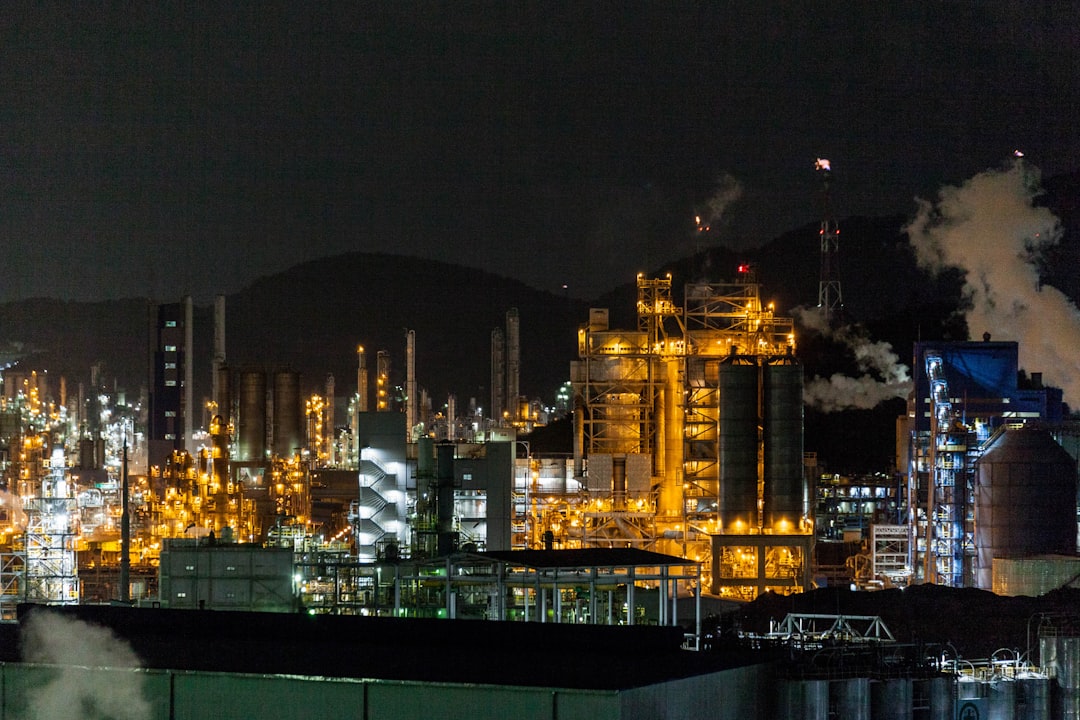What is it about?
This study investigates the effect of palladium (Pd) form on the electrochemical degradation of chlorobenzene in groundwater by palladium-catalyzed electro-Fenton (EF) reaction. In batch and flow-through column reactors, EF was initiated via in-situ electrochemical formation of hydrogen peroxide (H2O2) supported by Pd on alumina powder or by palladized polyacrylic acid (PAA) in a polyvinylidene fluoride (PVDF) membrane (Pd-PVDF/PAA). In a mixed batch reactor containing 10 mg L−1 Fe2+, 2 g L−1 of catalyst in powder form (1% Pd, 20 mg L−1 of Pd) and an initial pH of 3, chlorobenzene was degraded under 120 mA current following a first-order decay rate showing 96% removal within 60 min. Under the same conditions, a rotating Pd-PVDF/PAA disk produced 88% of chlorobenzene degradation. In the column experiment with automatic pH adjustment, 71% of chlorobenzene was removed within 120 min with 10 mg L−1 Fe2+, and 2 g L−1 catalyst in pellet form (0.5% Pd, 10 mg L−1 of Pd) under 60 mA. The EF reaction can be achieved under flow, without external pH adjustment and H2O2 addition, and can be applied for in-situ groundwater treatment. Furthermore, the rotating PVDF-PAA membrane with immobilized Pd-catalyst showed an effective and low maintenance option for employing Pd catalyst for water treatment.
Featured Image
Read the Original
This page is a summary of: Immobilized palladium-catalyzed electro-Fenton's degradation of chlorobenzene in groundwater, Chemosphere, February 2019, Elsevier,
DOI: 10.1016/j.chemosphere.2018.10.143.
You can read the full text:
Contributors
The following have contributed to this page










